So your manuscript is finished. If you’re anything like me and knew you were a writer from an early age, it was probably your dream to publish your novel (or book of poetry or collection of short stories). After years of schooling, failures (publishing as Melville said, most of your work to the flames) you finally finish your masterpiece and are ready to unleash it upon the world. You thought the hardest part was behind you. Then you entered the foreign world of publishing. This is where things get confusing, complicated and dispiriting quickly.
As an author who has been both traditionally published and self-published, I thought I would offer my insights to writers trying to decide which route to take. As a disclaimer, I will say these insights are purely subjective and only reflect my opinion and experiences and may not be helpful for you at all.
For me, the main distinctions between the two methods of publication are time and control.
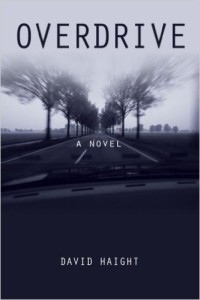 When my first novel, Overdrive, was finished, I was naive enough to think that I would send off my novel and that it would be snatched up in moments, be part of a bidding war, and be in print in a couple of months. I quickly learned that the publishing world is very slow. I discovered that I had to write something called a query letter and send that off to publishers, and if they liked what they read they would ask for a sample chapter of my novel, and if they liked that they might ask for the entire novel and even then there was no guarantee of publication.
When my first novel, Overdrive, was finished, I was naive enough to think that I would send off my novel and that it would be snatched up in moments, be part of a bidding war, and be in print in a couple of months. I quickly learned that the publishing world is very slow. I discovered that I had to write something called a query letter and send that off to publishers, and if they liked what they read they would ask for a sample chapter of my novel, and if they liked that they might ask for the entire novel and even then there was no guarantee of publication.
Since this was the way it worked, this is what I did. I wrote and sent off my query letter to nearly 200 publishers, most of who were in New York. (I wondered what a bunch of agents in midtown Manhattan could possibly understand about a book written by a suburban Midwesterner, but those were the rules so I played.) Then I waited. And waited. Jesus I waited. After several months of anxious waiting, responses started trickling in. Rejections. Form email rejections. Occasionally they were hand typed rejection emails telling me glibly “too literary.” How could that possibly be a bad thing? Clearly, I did not understand this world. Eventually, after nine months of waiting, two publishing houses expressed that they may, kinda, sorta, if-I’m-lucky, might be interested in my silly little book. After another month I was left with just one publishing house, which requested the entire novel. Finally, on Christmas Eve I received a letter that they were going to publish my novel.
Don’t let me tone mislead you. I was ecstatic. I was going to be a published author. My dream was going to come true! I signed the papers and was ready to see my book in print. Again, I was naive. It would be another year before I held my book in my hand. Thus began the second part of this journey, the journey to actual publication.
Another rude awakening awaited me as I discovered that I had almost no control over many of the fundamental decisions regarding my novel. I did not choose the design for the front and back cover, the font choice and size, the picture of myself on the back (which I frankly did not and still do not like), and so on. I was consulted in a kind of tangential way, but ultimately I was left out of the decision-making process. The reason for this, of course, is because the publisher covers all these costs. I was asked to pay for nothing. All I had to give them was my book. Of course, in return for doing all of these things they rewarded me, the author, with a much lower royalty rate, usually 7.5-10%.
This is not all bad. In fact, many writers are just fine with being left out of this process, and you might be, too. With the exception of a couple of editing errors (really?) the book turned out beautiful and was published (as I said) a year later. It was promoted. I was booked on a talk radio program. (Something I would have had a hard time doing myself, at least at that point.) And for literary fiction it sold modestly well. So I was published, and like any good writer moved on to the next project.
Five years later I had finished my second novel and was again faced with the quandary, traditional publishing or self-publishing, which had grown considerably since my first novel. After doing a shitload of research I decided to try my hand at self-publishing.
There were a couple things I liked right off the bat. No query letter. No sending said letter to hundreds of faceless publishers only to wait for no response or automatically generated rejection emails. Those nine months of waiting were terrible for me. (Now the case could be made that my first book was just not very good. Feel free to read it or any of my books and judge for yourself. It is entirely possible.) With self-publishing, once the book is done you can move forward. As such I began to push forward.
So what was next? (What became apparent in self-publishing was that my role was going to be very active compared to the achingly passive role I was forced to take in traditional publishing.) Well, I needed to choose an independent publisher (again, I got to choose) to publish and distribute my work. There are many to choose from, each with their relative merits, research is key. All I will say is find the one that suits your needs. I chose Create space (a branch of Amazon.com). I chose it because, in my experience, everything ends up on Amazon anyway so my thinking was: why not just start there? Again, it’s different for every writer. My next move was to find an editor. Same thing. Do your research. Each company will offer various packages depending on your needs. Finally, I needed to find a design company to design the front and back cover and the inside of the book. I like companies that are collaborative in nature and try their best to meet my vision of what my book should look like. (Most independent publishers offer all of these services but I found them generic and overpriced so I sought to do each independently.)
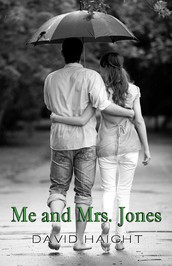 One thing that is noticeably different with self-publishing compared to traditional publishing is the timeframe. It is generally a lot shorter. As I said the query letter phase has already been cut out. How long the editing and design phase takes depends on what you need. For my second novel, Me and Mrs. Jones, which was fairly long, the editing took a couple of months. The design process took a little less than that and each of these were going on concurrently. In the end, it was still years shorter than it took for Overdrive.
One thing that is noticeably different with self-publishing compared to traditional publishing is the timeframe. It is generally a lot shorter. As I said the query letter phase has already been cut out. How long the editing and design phase takes depends on what you need. For my second novel, Me and Mrs. Jones, which was fairly long, the editing took a couple of months. The design process took a little less than that and each of these were going on concurrently. In the end, it was still years shorter than it took for Overdrive.
This gets me to what I feel is the biggest caveat of self-publishing: control. I worked with a design team to help conceptualize and design the cover. I knew I wanted something black and white with a couple on it with a slightly melancholic air about it. Now am I a graphic artist? Of course not. I am a writer. But the company I chose to collaborate with worked with me to design the front and back cover that matched the vision I had in my mind. They also collaborated with me on different font style and sizes, making suggestions along the way to ensure the book looked and felt consistent. The finished product is exactly what I wanted and to this day I am very proud and satisfied as to how it turned out. (The same can be said of my third book, Lemon.) I was also in control of marketing, which for me was promoting on the various social media outlets and my web page.
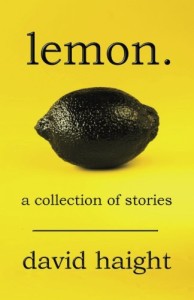 With this control of course comes a price. Unlike traditional publishers that pay for all these services (and in turn give you, the writer a lower royalty rate), I had to pay for all of these services. These services can run from the affordable to the astronomical. This is where research is very important. Take your time, read the reviews of these companies and ask a lot of questions (and make sure there are no hidden fees). After all, it’s your money and your book with your name on it. But if you do it right you are rewarded with a book that is released how you want, when you want, and with a much higher royalty rate than traditional publishing (anywhere from 35-70% compared to 7.5-10%).
With this control of course comes a price. Unlike traditional publishers that pay for all these services (and in turn give you, the writer a lower royalty rate), I had to pay for all of these services. These services can run from the affordable to the astronomical. This is where research is very important. Take your time, read the reviews of these companies and ask a lot of questions (and make sure there are no hidden fees). After all, it’s your money and your book with your name on it. But if you do it right you are rewarded with a book that is released how you want, when you want, and with a much higher royalty rate than traditional publishing (anywhere from 35-70% compared to 7.5-10%).
Overall, having experienced both traditional publishing and self-publishing, I can state without hesitation that I will never again go the traditional publishing route. In fact, I am closing in on my fourth book and am excited to self-publish it. Let me state again that I was and am still beyond grateful that I became and am a published author. But would I go the traditional route again? No. Why? Again, for me, time and control.
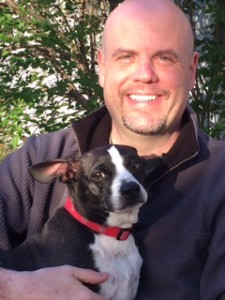 David Haight earned a Bachelor of Arts and later an MFA in Writing from Hamline University, where he was distinguished by the Quay W. Grigg award for Excellence in Literary Study. Since 2000 David has been a full-time writer and salesman, publishing two novels and a short story collection. He is currently working on a fourth book. David leads a life devoted to writing, family, friends, travel, music, and discovery. He lives in St. Louis Park, Minnesota with his girlfriend, Rachel.
David Haight earned a Bachelor of Arts and later an MFA in Writing from Hamline University, where he was distinguished by the Quay W. Grigg award for Excellence in Literary Study. Since 2000 David has been a full-time writer and salesman, publishing two novels and a short story collection. He is currently working on a fourth book. David leads a life devoted to writing, family, friends, travel, music, and discovery. He lives in St. Louis Park, Minnesota with his girlfriend, Rachel.
You can read David’s fiction in Black Fox Issue 11.
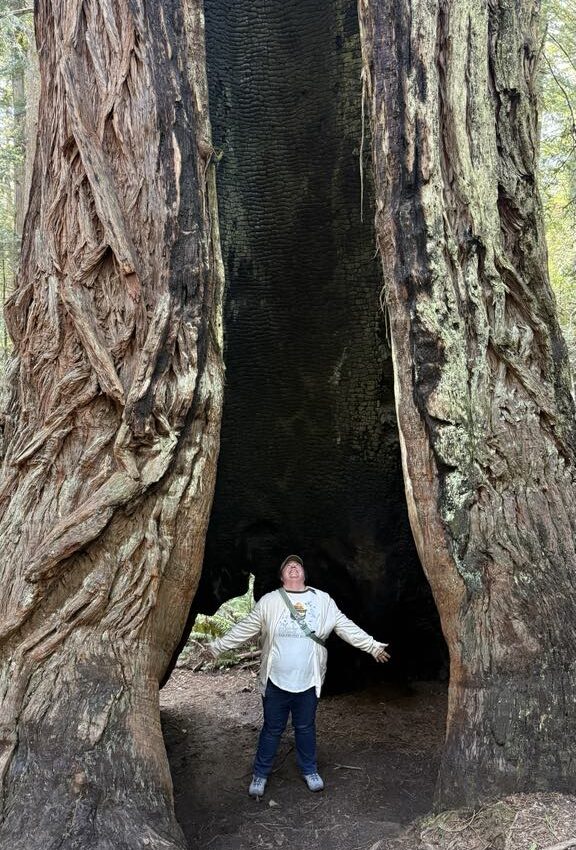
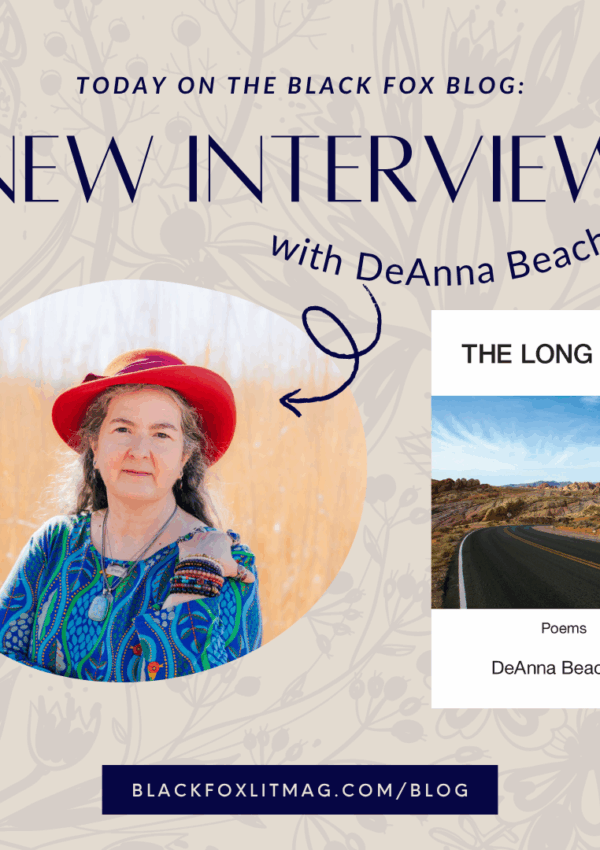
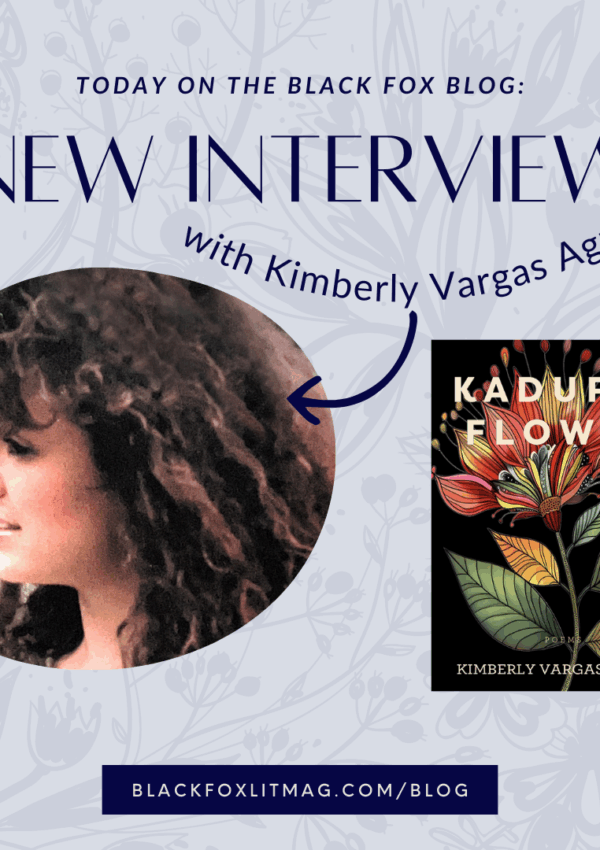
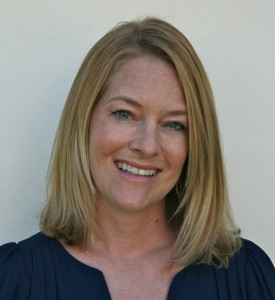
Excellent piece. Very insightful regarding the difference between traditional and self publishing. Thanks for posting it.
You’ve really brought clarity to a subject that a lot of people are wondering about. I shared this with my writing group. Thanks.
You sold me on self-publishing; though I tend to skip the parts that indicate there is research, discernment, $$ involved… Thank you for throwing some light my way on this conundrum.